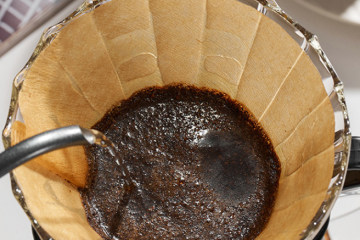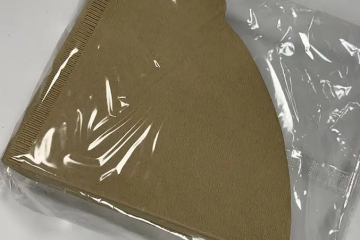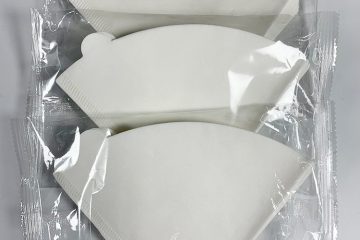Coffee filter paper affects coffee’s clarity, purity, and flavor. It’s mainly made of pulp, bamboo pulp, and cotton pulp. Pulp is common, strong, and water-resistant, suitable for home coffee machines. Bamboo pulp offers better water absorption and filtration, suitable for professionals. Cotton pulp is high-end, environmentally friendly, and used for premium filter paper.
When choosing coffee filter paper, consider shape, size, bleaching, thickness, brand, quality, and environmental impact. Shape and size must match the filter cup. Bleached paper has a weak paper smell and is recommended. Thickness affects brewing speed and taste; choose based on personal preference. Well-known brands ensure quality. For environmentalists, choose recyclable or compostable options.

Tips for use include wetting the filter paper (depending on brewing method), using hot water at 90-93℃ for best brewing, evenly distributing coffee powder, and controlling the water flow rate.
In conclusion, coffee filter paper significantly impacts coffee’s taste and quality. Choose the right paper based on material, shape, size, thickness, brand, and quality, aligning with your brewing method and taste preferences.



0 Comments